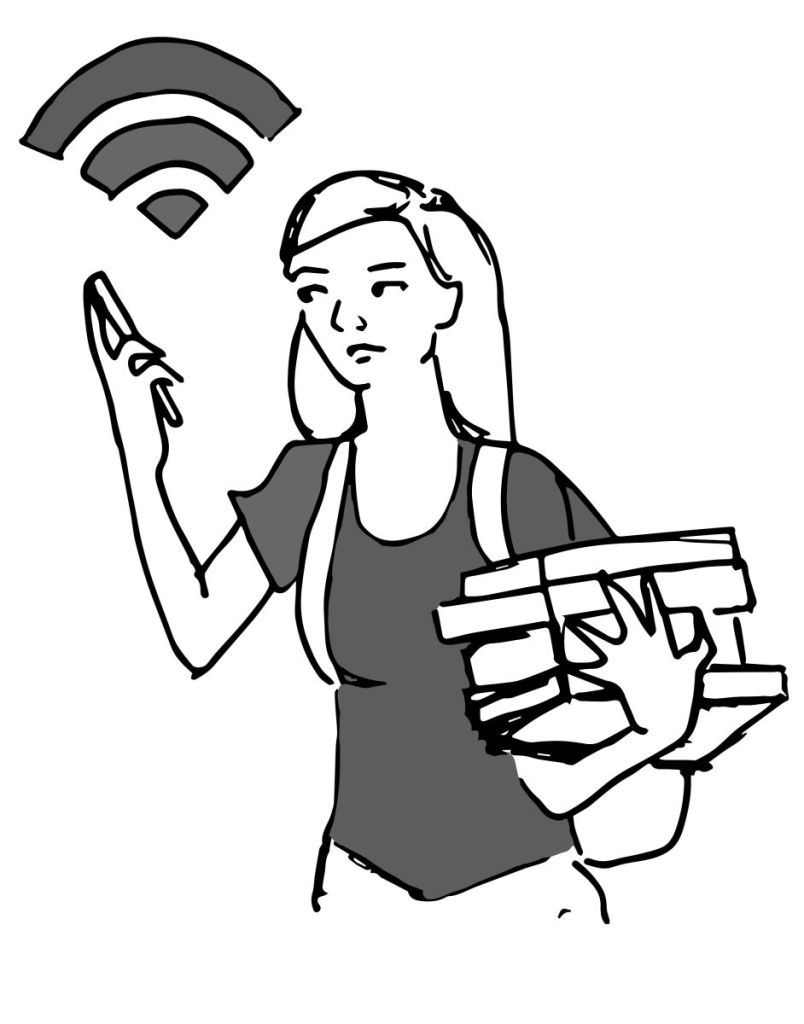Today the New Jersey School Boards Association released the third in a series of reports on how the coronavirus is changing education in New Jersey. This one, “Reopening Schools: Online Learning and the Digital Divide,” examines the challenges for school districts in delivering instruction remotely.
A large piece of that challenge is the NJ Department of Education’s abject failure to 1) quantify how many students lack necessary technology and 2) aid school districts in closing that digital divide. But let’s stick to the NJSJBA report.
Here are the recommendations, followed by some thoughtful suggestions from the NJSBA team.
• Develop a Statewide Report on What Students Learned During the Shutdown and a Strategic Plan to Address Learning Loss. Working with local districts, the NJDOE should assess the level of student learning during the shutdown. Aggregated data should be collected to provide a clear, statewide picture of what happened during that period. This would be an important step toward developing a funded strategic plan to help address remediation.
• Develop a Statewide Report on the Delivery of Special Education Services. What was the experience of New Jersey’s 246,693 special education students during the shutdown? What will happen if schools are forced to shut down again? What is the state plan to address learning challenges and compliance with state and federal requirements?
• Develop a Program to Improve the Quality of Online Instruction. Whether school districts implement 100% virtual programs or hybrid structures of virtual and in-person teaching, online learning will be part of public education. A June 8, 2020 Microsoft report, Education Reimagined: The Future of Learning, points out, “… traditional pedagogy does not transfer flawlessly to digital.” Educators need professional development to effectively teach classes online. How can the NJDOE help districts and provide resources to assess and improve the quality of online instruction?
• Improve Remote Instruction. The Sustainable Jersey Digital Schools program issued a report in August, titled the Remote Digital Learning Roadmap. The program, a collaboration of the Sustainability Institute at The College of New Jersey, the NJDOE and NJSBA, is supported by the state’s major educational organizations. It is designed to promote and recognize sound digital learning practices in public schools. Local school boards and superintendents should review the “Roadmap” report and consider participation in the Sustainable Jersey Digital Schools program if they have not already done so.
In addition, NJSBA offers some important caveats, as well as suggestions to improve online instruction. For example, those who assume schools will return to “normal” after the pandemic is over are wrong:
Once the pandemic ends—and it will end—it will be tempting to flip the laptop closed, put innovation in a drawer, and return to the traditional way of teaching and learning. That would be a mistake…[T]echnology is not just a quick fix to get us through a crisis. It is the future. It’s the way our students communicate with each other, and we should embrace what we have learned and use it to keep improving our schools and the way we deliver education to students.
Finally, the report drills down on Sal Khan’s advice on remote learning.
• Make lessons shorter; allow feedback. Lessons are also too long and not interactive enough to hold a student’s attention over a video conference. The traditional paper-based homework that’s being assigned does not provide students with enough feedback or teachers with enough information to understand what students are learning.
• Provide brief, live teacher-led videoconferences. It’s critical that educators provide live teacher-led video conference sessions. These need to optimize both academic coverage and social interaction. A baseline would be two or three 30-to-45 minute sessions in each of the core academic subjects each week. These should not be broadcast lectures, which are not particularly engaging even in person, much less over Zoom. These sessions need to drive conversations between students and teachers and among the students themselves. Teachers should do cold calling to ensure students are on their toes and to pull them out of their screens. Teachers need to constantly ask students to work on questions together and share their thinking.
• Don’t videotape lectures. Use professionally-produced lectures available online. Teachers’ time is better spent communicating with kids. Some teachers are replicating their lectures in YouTube video form, and this has
been incredibly time consuming and depleting for them. But doing this isn’t necessary. After all, video lessons on almost every topic already exist on the internet. Teachers’ time is valuable and should often be used instead for maintaining interaction and connection with students. Teachers should be given the liberty to focus on how to create more interactive touchpoints with students, more than trying to recreate online resources similar to those that already exist. This isn’t just healthier for the students; teachers will also get more energy from interacting with their students than they do from spending time in a home recording studio making Khan Academy-style videos.
• Make sure students do their own work. Finally, distance learning has made itmuch more difficult to ensure that students are doing their own work. To avoid a situation where students either get credit for knowledge they don’t have, educators need simple mechanics to authenticate student work. For example, teachers could ask students to submit recordings of themselves thinking out loud while taking an exam
The report is only 12 pages and worth reading in its entirety. Now we’ll see if the DOE, under new leadership of Angelica Allen-McMillan, will rise to the challenge of its mandate: Effective oversight of NJ’s 1.4 million schoolchildren and the 600 districts that serve them.



